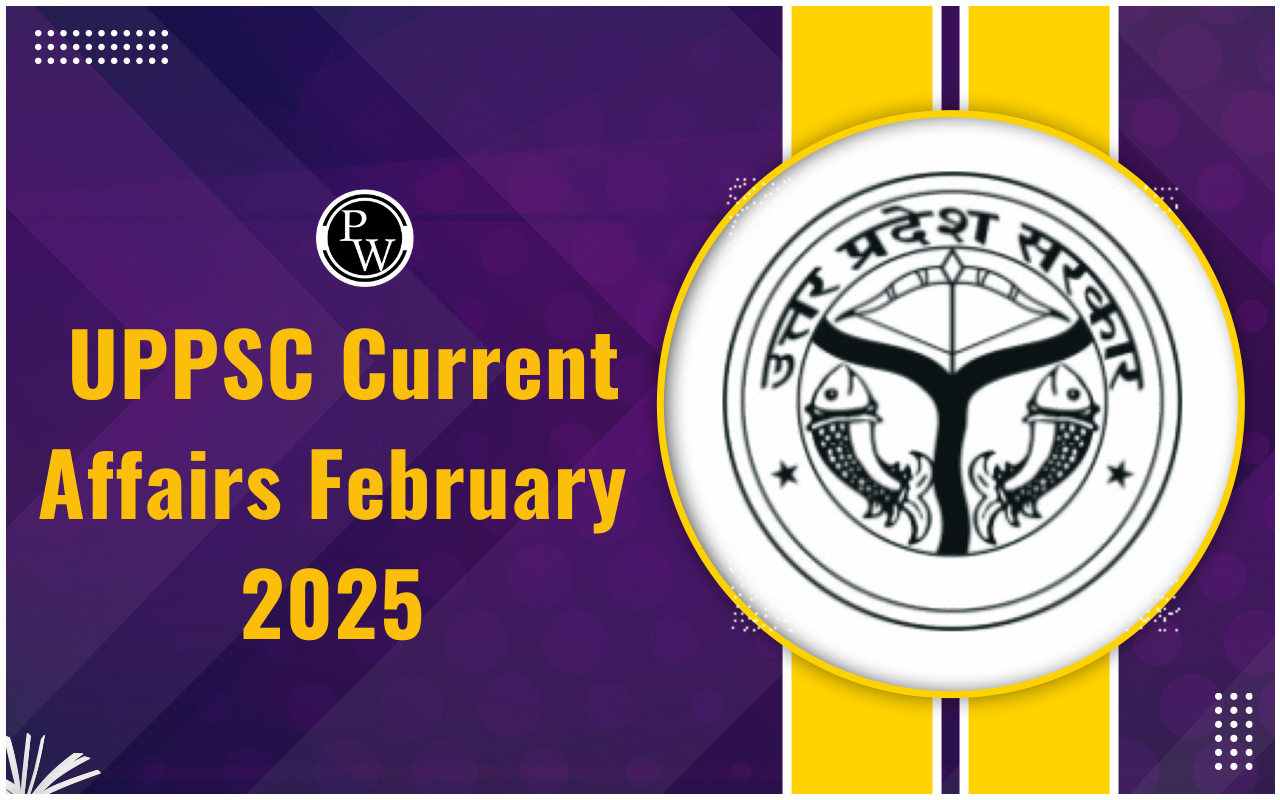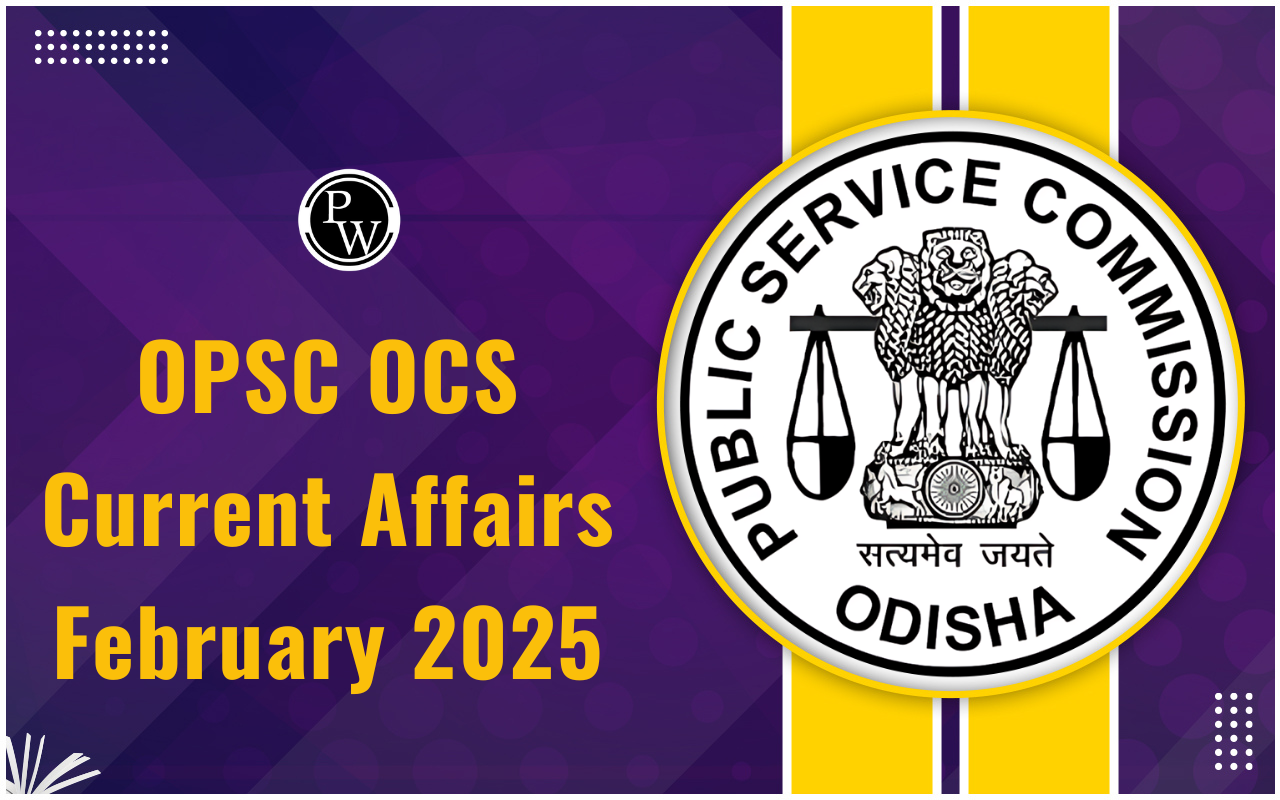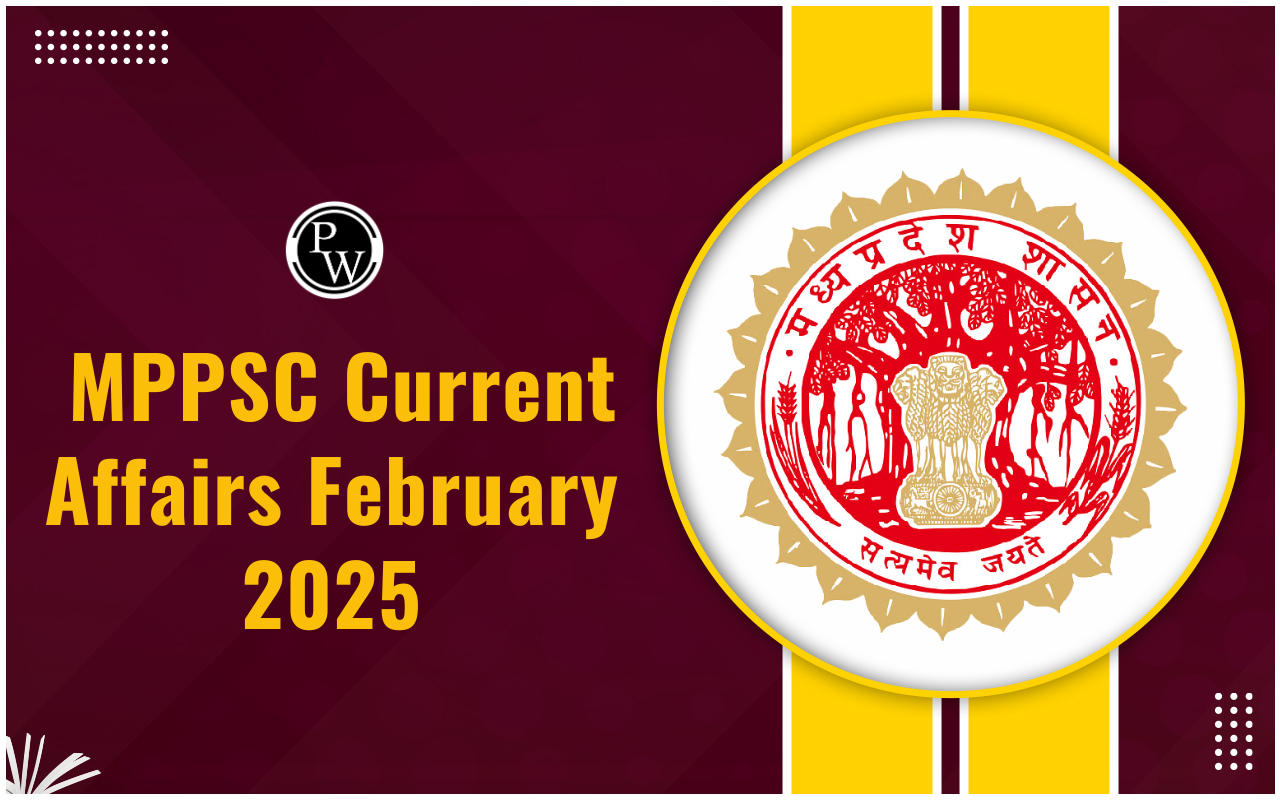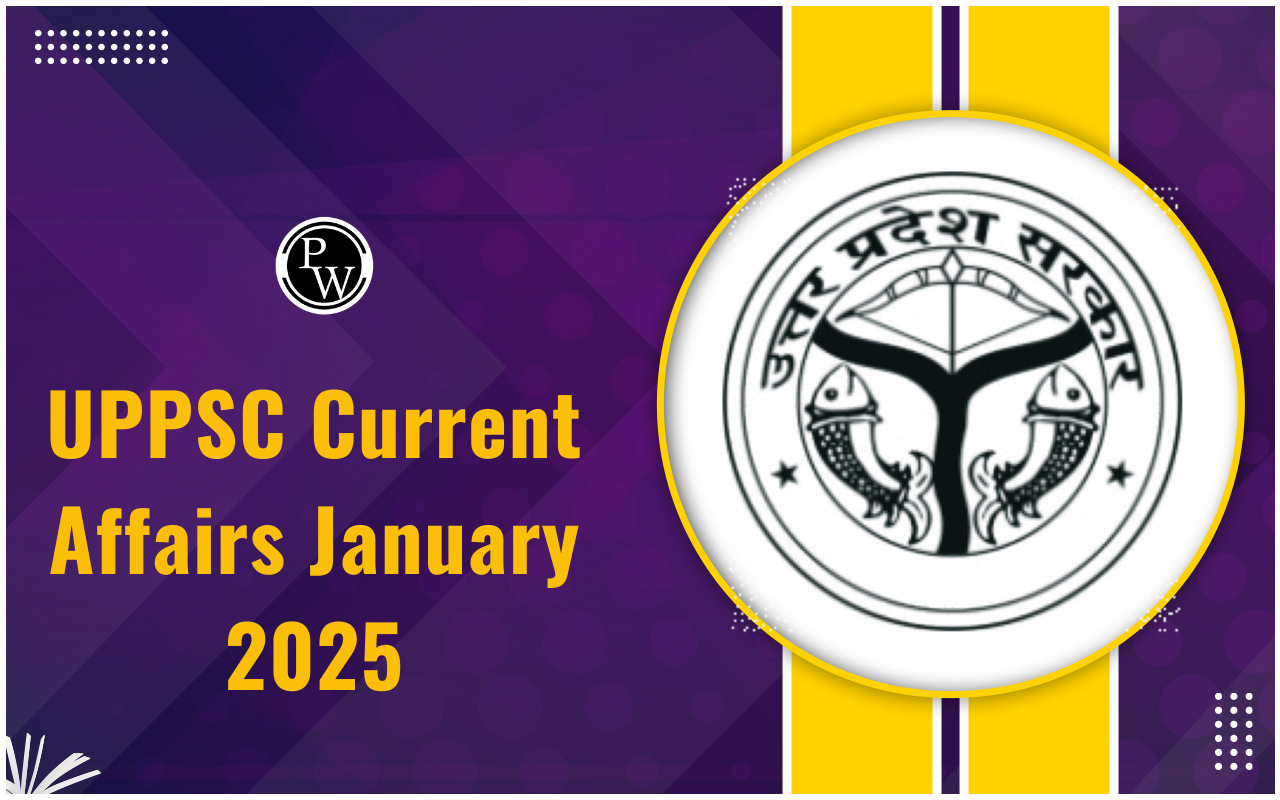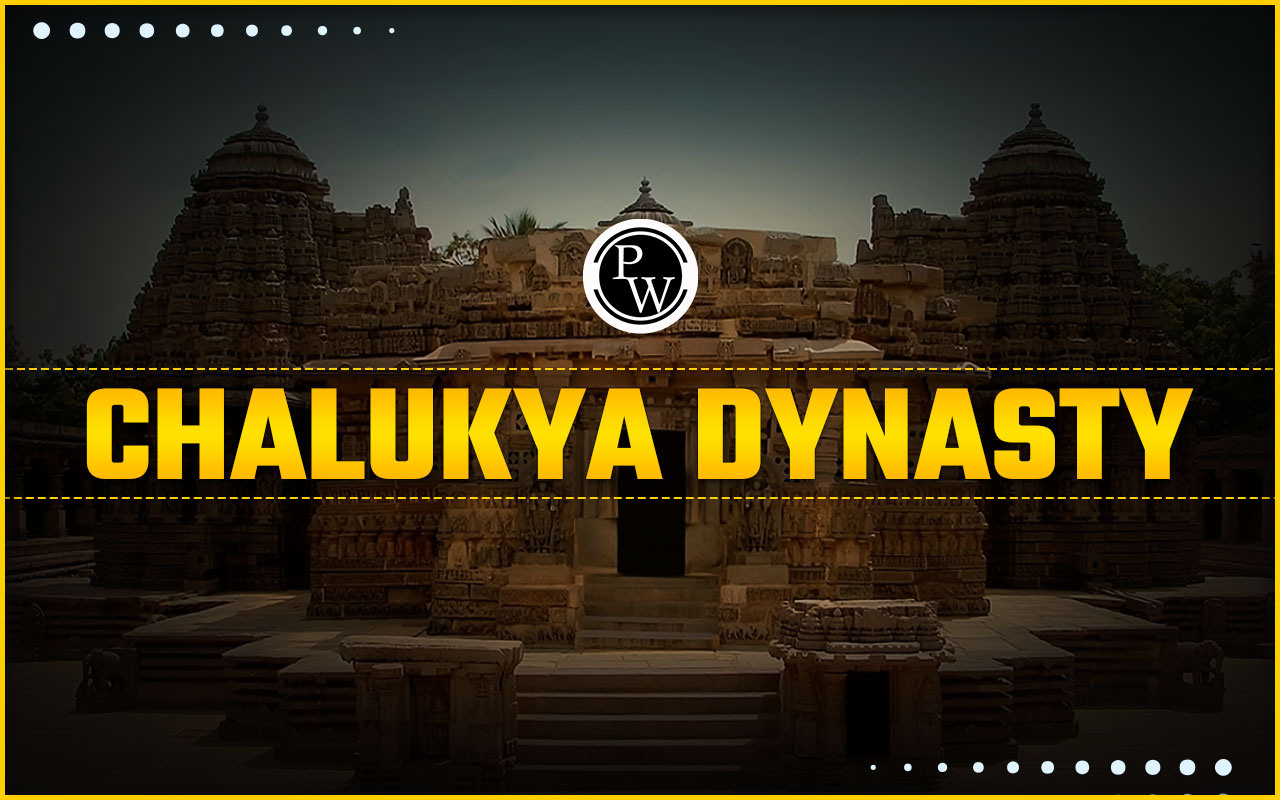
Chalukya Dynasty: The Chalukya Dynasty played a significant role in transforming smaller kingdoms into vast empires in South India. Emerging in the western Deccan, the Chalukyas of Badami succeeded the Vakatakas. They established their capital at Vatapi, known today as Badami, located in Karnataka's Bijapur district. From 543 to 753 CE, they unified a large part of the Deccan and the entire southern region of India.
The dynasty was founded by Pulakeshin I in 543 AD. The Chalukyas continued to rule from the sixth century until the twelfth century, leaving a lasting impact on Indian history. Their rule marked a period of cultural and political consolidation in South India.Chalukya Dynasty
The Chalukya Dynasty, active from 543 to 753 CE, played a crucial role in shaping South Indian history. Founded by Pulakeshin I, they unified the Deccan region and southern India, leaving behind a profound cultural legacy. Their architectural wonders, such as the temples in Badami, reflect their artistic prowess. Explore their rulers, cultural achievements, and eventual decline to understand their lasting impact on Indian history.Chalukya Dynasty History
The Chalukya Dynasty ruled central and southern India from the sixth to the twelfth centuries. Starting in the mid-sixth century, the Chalukyas governed from their capital, Vatapi (modern-day Badami). The dynasty gained prominence under Pulakeshin II, who asserted their independence. The first king of the Chalukyas was Jayasimha, but Pulakeshin I (543–566 CE) is considered the true founder of the empire. Pulakeshin II, the most renowned king of the Badami branch, extended the dynasty's rule across the entire Deccan. After his death, internal conflicts led to a temporary decline of the Badami Chalukya dynasty. Order was restored during the reign of Vikramaditya I, who successfully expelled the Pallavas from Badami. Vikramaditya II (733–744 AD) is regarded as the greatest emperor of the Chalukya Dynasty. Under his leadership, the kingdom reached its peak, conquering the traditional Tamil lands of the Pandyas, Cholas, and Cheras. His reign marked the zenith of Chalukyan power and influence.Chalukya Dynasty Division
The Chalukya Dynasty was divided into three interconnected dynasties: the Badami, Eastern, and Western Chalukyas. The first dynasty, the Badami Chalukyas, began ruling from Vatapi (now Badami) in the mid-sixth century. Under Pulakeshin II, they gained independence and dominance. Although Jayasimha was the first ruler, Pulakeshin I (543–566 CE) is considered the true founder. After Pulakeshin II's death, the Eastern Chalukyas founded their own kingdom in the eastern Deccan, centered at Vengi, lasting until the 11th century. This split occurred when Pulakeshin II appointed his brother, Kubja Vishnuvardhana, as the ruler of the newly conquered eastern Deccan in 624 AD. After Pulakeshin II's passing, Kubja Vishnuvardhana founded an independent kingdom. The Western Chalukyas emerged in the western Deccan after the Rashtrakutas fell in the mid-10th century. Known also as the Kalyani Chalukya Empire, this kingdom was established by Tailapa II, a former Rashtrakuta feudatory. They ruled until the 12th century and engaged in prolonged conflicts with the Cholas and the Eastern Chalukyas of Vengi for about 200 years.Important Rulers of the Chalukya Dynasty
Pulakesin I, founder who declared independence; Pulakesin II, known for defeating rivals; Vikramaditya I, who defended and expanded the kingdom; and Kirtivarman II, whose reign marked the dynasty's decline.Pulakesin I (543 – 566 AD)
Pulakesin I was the true founder of the Chalukya Dynasty. His father was Ranaraga, and his grandfather was Jayasimha, with ancestors likely from the Kadamba or Rashtrakuta families. Pulakesin I built a significant fort at Vatapi (now Badami) in Karnataka’s Bijapur district and declared independence by performing a horse sacrifice. The name "Pulakesin" may derive from a Sanskrit-Kannada word meaning "tiger-haired.Kirtivarman I (566 – 597 AD)
Kirtivarman I succeeded his father, Pulakesin I, in 566 AD. He expanded the modest empire he inherited from Vatapi, stretching from Karnataka's Shimoga region to the Konkan coast of Maharashtra and from the Arabian Sea to the Kurnool and Guntur regions of Andhra Pradesh. The Aihole inscription by Pulakesin II describes Kirtivarman’s era as devastating for the Nalas, Mauryas, and Kadambas. He performed the Bahusuvarna-Agnishtom Yagya, mentioned in the Mahakuta pillar inscription.Mangalesha (597 – 609 AD)
Mangalesha, likely Kirtivarman I's half-brother, took over after Kirtivarman’s death. Pulakesin II, Kirtivarman’s son, was too young to rule, so Mangalesha assumed governance. He ruled a kingdom from southern Gujarat to the Bellary-Kurnool area. Mangalesha oversaw military campaigns during Kirtivarman’s reign and later denied Pulakesin II’s claim to the throne, leading to Pulakesin II’s exile. Eventually, Pulakesin II defeated and killed Mangalesha.Pulakesin II (609 AD – 642 AD)
Pulakesin II is considered the most powerful king of the Badami Chalukyas. He was the first South Indian monarch to issue gold coins. After defeating his uncle Mangalesha, Pulakesin II took the throne. He famously defeated King Harsha on the Narmada River and adopted the title Dakshinapatheshwara, similar to Harsha’s Uttarpatheshwara. However, he was eventually defeated and killed by Narasimhavarman I, the Pallava king.Vikramaditya I (655 AD – 680 AD)
Vikramaditya I, Pulakesin II’s son, defended the kingdom against Pallava invasions with the help of his maternal grandfather from the Western Ganga Dynasty. He restored the unity of his father's realm and captured Vatapi. In 668 AD, he defeated Pallava king Mahendravarman II and continued to raid the Chola, Pandya, and Kerala kingdoms. Vikramaditya adopted titles such as Shri-prithvi-vallabha, Satyashraya, and Rajamalla, indicating his dominance over the Pallavas.Kirtivarman II (746 AD – 753 AD)
Kirtivarman II, also known as Nripasimha (lion among kings), was Vikramaditya II’s firstborn. Initially, the Chalukya Dynasty appeared strong due to victories over the Pallavas and dominance in the Deccan. However, within ten years, Kirtivarman II faced challenges from the Pandya and Rashtrakuta dynasties. His reign ended in 753 AD when Dantidurga overthrew him, marking the end of the Chalukya Dynasty.Chalukya Dynasty Administration
The Chalukya Dynasty's government was inspired by the administrative structures of Magadha and Satavahana at the higher levels. The king was the highest authority in the province, with some scholars suggesting that kings held unrestricted power, while others dispute this. However, it is evident that most Chalukya kings were dedicated to the welfare of their subjects. The king's main consort was known as "Tattamahishi." The heir apparent, or crown prince, was titled Yuvaraja. The king presided over the administrative council and held the highest legal authority. He was assisted by a council of ministers and other officials, with the Prime Minister known as Mahamatya. For administrative purposes, the kingdom was divided into provinces and further subdivisions. The imperial capital was called Mandal, governed by Mahamandateshwara. For local administration, the empire was divided into villages called Visha, overseen by a leader known as Vishayaka. Gram sabhas and gram panchayats managed community-level administration. Pattaiika was a special officer responsible for revenue collection, with land taxes being the primary source of state revenue, typically set at one-sixth of the produce. The Chalukya military was known as the "Chaturangini," a four-winged force emphasizing the elephant corps. The king served as the army's supreme commander, with the duties of the Senapati managed by Danda Nayaka or Dandadhipatya. Samantas, or local chieftains, maintained their own forces and supported the king when needed. The Chalukya administration featured distinct military and civil courts, with the king being the highest judicial authority. His judgments were based on precedents and recommendations from his ministers. This well-organized system helped maintain stability and order throughout the Chalukya reign.Chalukya Dynasty Art and Architecture
The Badami Chalukya period was a significant era in South Indian architecture. The rulers, often referred to as Umapati Varlabdh, constructed numerous Shiva temples. Their architectural style is known as "Chalukyan architecture" or "Karnata Dravida architecture." They built almost a hundred monuments, including both structural and rock-cut (cave) monuments, in the modern Bagalkot district of northern Karnataka. The subsequent Western Chalukyas made significant advancements in temple architecture in the Tungabhadra-Krishna River doab region, now in the Gadag district of Karnataka. Their style is sometimes called the "Gadag style" due to the high number of temples they constructed in this area. Besides temples, the Chalukya architecture is also famous for its intricate stepped wells, known as Pushkarnis, used for ritual bathing. Many of these well-preserved wells can be found in Lakkundi. These architectural achievements reflect the Chalukya Dynasty's dedication to art and their significant influence on South Indian cultural heritage.Chalukya Dynasty Society
The Chalukya Dynasty followed the Hindu social system, where Brahmins held special privileges as local experts and judges. Most Brahmins were involved in professions related to study and religion, although some excelled in martial arts. Records mentioning widows like Vinayavathi and Vijayanka suggest that the practice of Sati might not have been prevalent. The government recognized Devadasis, who were present in shrines. The precursor to Bharatanatyam, Sage Bharata’s Natyashastra, was well-known and depicted in various statues and inscriptions. Women held significant positions in society, with some royal family members taking on political roles in administration. Among the notable women were the dancers and musicians like Kalachuris of Kalyani queen Sovala Devi and Chalukya queen Chandala Devi, known for their talents in dance and music. Diet varied among social groups. Brahmins, Jains, Buddhists, and Shaivas followed a strict vegetarian diet, while others consumed various meats. Markets offered both domesticated meats like goat, sheep, pig, and poultry, and exotic meats from partridge, hare, wildfowl, and boar. Entertainment included indoor activities like gambling, animal fights (such as cock and ram fights), and wrestling contests (Kusti). Horse racing was a popular outdoor pastime. Records indicate that clinics and schools were often constructed near temples, emphasizing the importance of education and healthcare in Chalukya society.Chalukya Dynasty Religion
The Chalukya Dynasty was primarily Vedic Hindu, constructing temples dedicated to various Hindu deities in places like Aihole, Pattadakal, and Mahakuta. Shaivism and Vaishnavism were particularly prominent among the Badami and Eastern Chalukyas. The Western Chalukyas followed Virashaivism, a Hindu sect based on Shaivism, also known as Lingayatism. Vedic rituals, including offerings, sacrifices, and sacred vows, were integral to their religious practices. Hindu deities such as Vishnu, Shiva, Kartikeya, Ganapathi, Shakti, Surya, and the Sapta Matrikas (seven mothers) were commonly depicted in Chalukya sculpture. The spread of Adi Shankara's Advaita doctrine in the eighth century contributed to the decline of Buddhism in South India. However, Jainism managed to maintain significant public support despite Buddhism's decline. Key educational centers for the Badami Chalukyas included Badami, Aihole, Kurtukoti, and Puligere, where both religious and secular education thrived. These religious and cultural practices reflect the Chalukya Dynasty's dedication to Hinduism and their significant influence on the region's spiritual and educational landscape.Chalukya Dynasty Decline
The Chalukya Dynasty, established by Pulakesin I (543–566 CE), saw its peak and subsequent decline through various rulers and internal conflicts. Pulakeshin II, who succeeded Pulakesin I, ruled over the entire Deccan, but his death led to a brief period of instability. Vikramaditya II (733–744 AD) later brought the dynasty to its zenith. However, the kingdom began to decline during his reign. Kirtivarman II, the last prominent Chalukya ruler, faced increasing challenges from the Pandya and Rashtrakuta dynasties. By 753 AD, the Rashtrakuta ruler Dantidurga overthrew Kirtivarman II, marking the end of the Badami Chalukyas. The dynasty then split into the Eastern Chalukyas of Vengi and the Western Chalukyas. The Eastern Chalukyas, under rulers like Jayasimha I and Kubja Vishnuvardhana, managed to maintain their kingdom. They formed alliances with the Rashtrakutas, preserving their autonomy until the Kalyani Chalukyas overthrew the Rashtrakutas in 973 AD. Eventually, the Vengi kingdom fell to the Chola Dynasty. The Western Chalukyas, initially Rashtrakuta feudatories, continued to battle the Cholas and Eastern Chalukyas for 200 years. They were superior to other Deccan ruling houses like the Hoysalas and the Seuna Yadavas of Devagiri. The remnants of these conflicts formed the basis of rivalries that dominated Deccan history for over a century. Ultimately, the Western Chalukyas were defeated by the Hoysala Empire in the 12th century. This period of decline illustrates the complex interplay of power, alliances, and conflicts that shaped the Chalukya Dynasty's history and its eventual fall.Chalukya Dynasty FAQs
Who founded the Chalukya Dynasty?
The Chalukya Dynasty was founded by Pulakeshin I in 543 AD in the western Deccan region of India.
What were the major achievements of the Chalukya Dynasty?
The Chalukyas unified a large part of the Deccan and southern India from 543 to 753 CE, establishing cultural and political consolidation in the region.
How did the Chalukya Dynasty influence architecture in South India?
They were renowned for their distinctive "Chalukyan architecture," seen in temples like those at Badami, Pattadakal, and Mahakuta, and their intricate stepped wells known as Pushkarnis.
What caused the decline of the Chalukya Dynasty?
Internal conflicts and external pressures from rival dynasties like the Rashtrakutas and Cholas contributed to the decline of the Chalukya Dynasty. It eventually split into the Eastern and Western Chalukyas by the 10th century.
Who was the most notable ruler of the Chalukya Dynasty?
Vikramaditya II (733–744 AD) is considered the greatest emperor of the Chalukya Dynasty, leading it to its zenith by expanding its territory and influence.
Talk to a counsellorHave doubts? Our support team will be happy to assist you!

Free Learning Resources
PW Books
Notes (Class 10-12)
PW Study Materials
Notes (Class 6-9)
Ncert Solutions
Govt Exams
Class 6th to 12th Online Courses
Govt Job Exams Courses
UPSC Coaching
Defence Exam Coaching
Gate Exam Coaching
Other Exams
Know about Physics Wallah
Physics Wallah is an Indian edtech platform that provides accessible & comprehensive learning experiences to students from Class 6th to postgraduate level. We also provide extensive NCERT solutions, sample paper, NEET, JEE Mains, BITSAT previous year papers & more such resources to students. Physics Wallah also caters to over 3.5 million registered students and over 78 lakh+ Youtube subscribers with 4.8 rating on its app.
We Stand Out because
We provide students with intensive courses with India’s qualified & experienced faculties & mentors. PW strives to make the learning experience comprehensive and accessible for students of all sections of society. We believe in empowering every single student who couldn't dream of a good career in engineering and medical field earlier.
Our Key Focus Areas
Physics Wallah's main focus is to make the learning experience as economical as possible for all students. With our affordable courses like Lakshya, Udaan and Arjuna and many others, we have been able to provide a platform for lakhs of aspirants. From providing Chemistry, Maths, Physics formula to giving e-books of eminent authors like RD Sharma, RS Aggarwal and Lakhmir Singh, PW focuses on every single student's need for preparation.
What Makes Us Different
Physics Wallah strives to develop a comprehensive pedagogical structure for students, where they get a state-of-the-art learning experience with study material and resources. Apart from catering students preparing for JEE Mains and NEET, PW also provides study material for each state board like Uttar Pradesh, Bihar, and others
Copyright © 2025 Physicswallah Limited All rights reserved.






